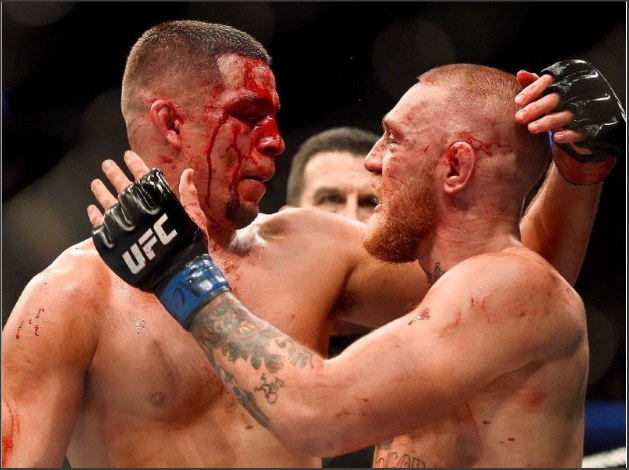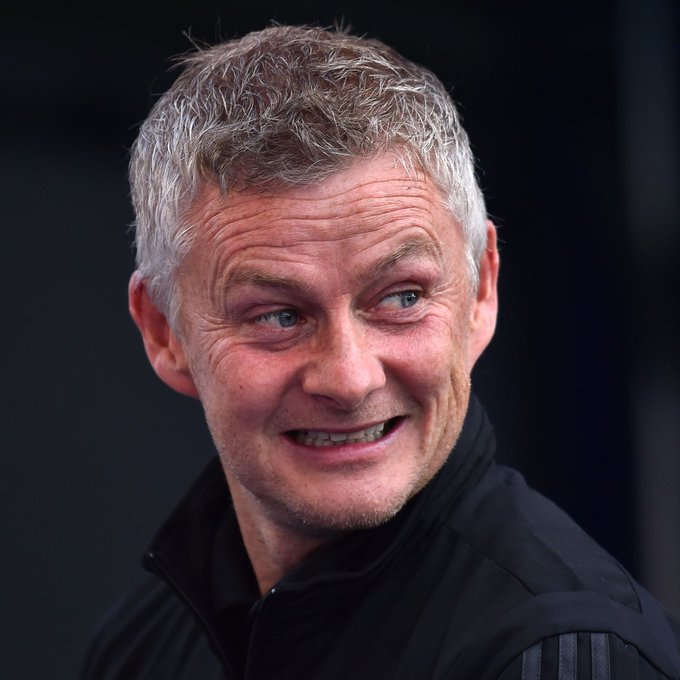CS:GO is a FPS game like no other, revolving around positioning, strategy and movement rather than the all-out ‘spray and pray’ approaches used by more mainstream or commercial franchises such as Call of Duty. With such a unique identity and a huge skill ceiling to truly become a master the game, there’s much more importance in understanding the various maps it houses.
Everyone has their own playstyle and, as such, there’s a map out there for anyone to hone their skills on and become a master on that way. However, whilst plenty try to play it safe by using Mirage, Dust II or Inferno as their go-to choice, understanding some of the lesser played maps carries with it a much better chance of truly becoming an icon in the game. One such map to potentially pick out is de_Overpass, so here’s the complete overview of the map and a collection of tips to help you have it as your go-to veto.
History
⇒Join us on Telegram for more Sure and Accurate football-winning tips every day...click here
Overpass is a bomb defusal map that was first added into the game along with Cobblestone on December 13th 2013 in CS:GO’s Winter Update. This makes it one of the newest map picks currently available in the competitive pool, and one of the few to make its debut with CS:GO rather than being ported over from one of the earlier games in the series.
Because the map was built with the more modern technologies of CS:GO available, there’s a very obvious difference between Overpass in how it looks and how it is scale in comparison to the older maps available to play competitively. The map is much larger than the likes of Nuke or Dust II, features far fewer stretches of flat land and has at least three unique aesthetic looks across the map.
Competitive Play
According to HLTV, Overpass has been played competitively 9,721 times, making it the fifth most popular map at events and competitions over the years. Whilst that number might sound impressive, it’s comfortably behind the game’s two most popular picks, Mirage and Inferno, who are on 17,462 and 14,726 plays currently.
Most competitive matches in CS:GO at events and tournaments are played over a best-of-three format, with each side picking a map and vetoing out other maps they don’t want to play until there’s only one left available as a decider. Maps like Mirage and Inferno are fairly simplistic in their designs and have been around forever, so it’s pretty common to see these maps coming in as a nice compromise for a decider, however, because Overpass has a bit more of an unknown element to it, it’s rarely ever left over in vetos which explains its lack of playtime.
Again according to HLTV, Overpass currently holds a round win percentage of 53.4%/46.6% in favour of the CT (Counter-Terrorist) side; this makes the map slightly more lop-sided than the likes of Mirage or Inferno, but still more balanced than other maps such as Nuke, Train or the T-favoured maps of Dust II and Vertigo.
Legacy
Overpass has been the home of two of CS:GO’s most infamous moments over the years, and both of them have involved Fnatic and their former star, Olofmeister.
The first is easily the most legendary however, and occurred during the DreamHack Winter Masters Major Championship where Fnatic were playing against French side LDLC in what was predicted to be a pivotal series between two of the pre-tournament favourites in most Esports betting markets. With Fnatic comfortably trailing 12-3, the Swedes used an exploit known as ‘pixel walking’ to boost Olofmeister to a point overlooking almost the entire map where he was able to scout LDLC’s movements and pick them off without being reached in return.
The controversial moment led to a complaint being filed by both side’s over the legitimacy of the exploit, but was fixed by Valve Corporation as a part of the December update in 2014 and a sign commemorating the exploit can be found near the CT spawn/Bombsite B where the incident first took place.
The second took place in 2014 during the ESL One Cologne tournament, and is one of the few times Valve took the time to commemorate the feat with its very own piece of graffiti. In a crucial semi final match with the scores locked at 14-14, Olof attempted a C4 defuse in the middle of a molotov fire and somehow managed to pull it off with barely a split second between the round being won and his life bar reaching zero.
The graffiti is arguably the coolest in the game and can be seen on the B Bombsite.




